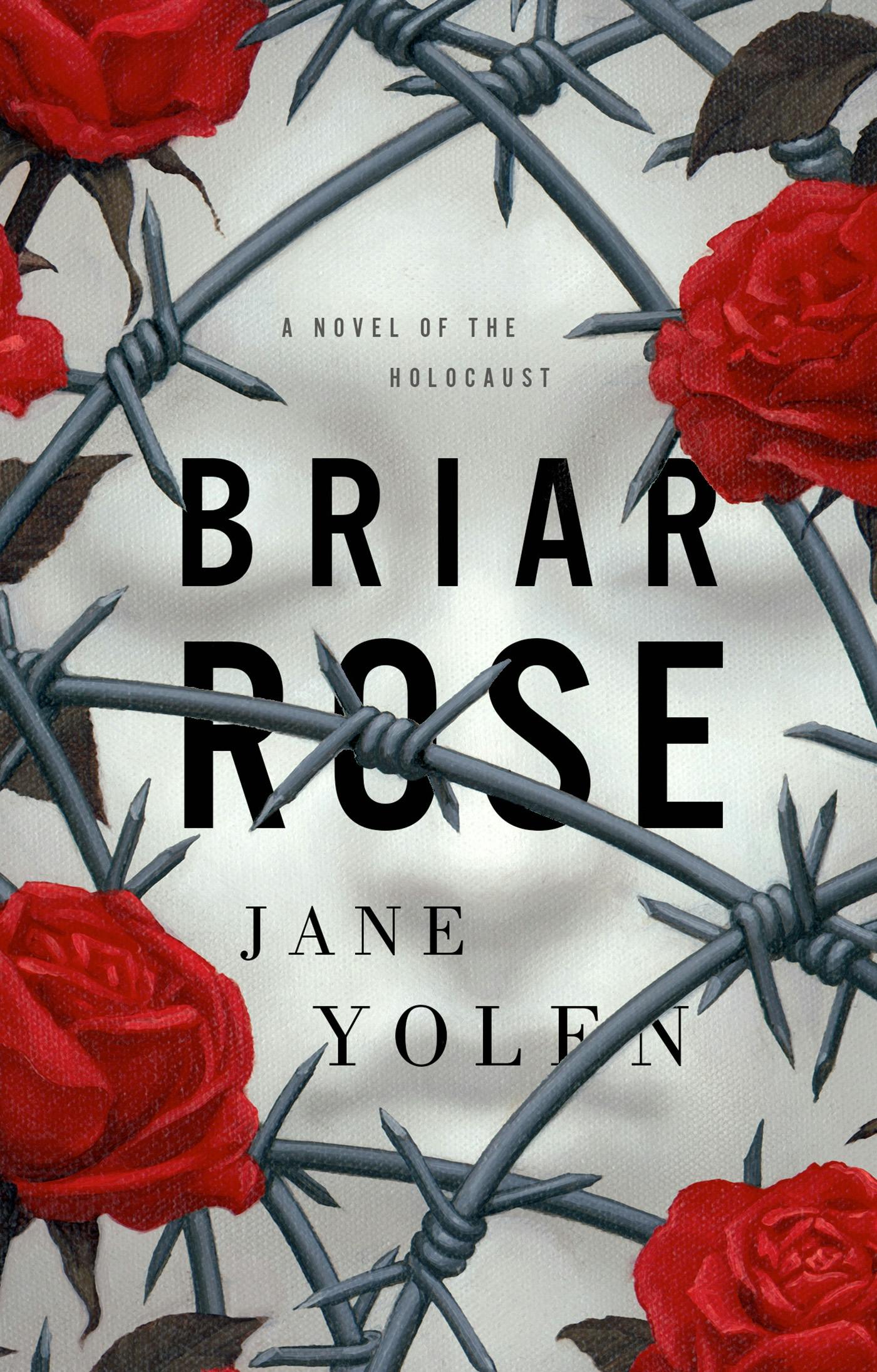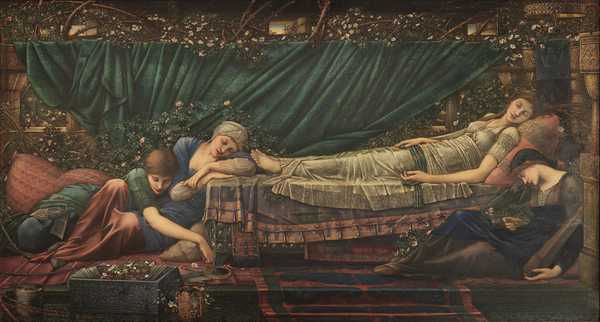William Morris:
A Life for our Time
by Fiona MacCarthy
(Faber & Faber), Pp. 800
This is a massive book, because
Morris was a great man. He has done so many things with his life, being a poet
and novelist; print maker; designer; weaver; Socialist; reformer; speaker, and
described as ‘the greatest artist-craftsman of his period’. Fiona MacCarthy has
a huge job on her hands to capture the vibrancy and energy of the man on paper,
and she does it well and thoroughly, as this is researched from letters,
diaries and memoirs of Morris himself and those who knew him. Educated at
Oxford and destined for the cloth, Morris gave up the priesthood (and, later,
architecture) to make and produce things. “To Morris the idea of work became
equated with creative vigour and directness: a mental and manual effort
resulted in the actual production of a carpet, a story, a translation of The Iliad.”
The Oxford intelligentsia at the
time was obsessed with poetry (Tennyson in particular) and the Arthurian cult. Morris
and his great companion, Edward Burne-Jones laid their own claims on the
Arthurian myth, with Morris writing verses and Burne-Jones dwelling on themes
of the San Graal in his paintings and tapestries throughout his life. “Arthurianism,
as Burne-Jones and Morris saw it, was not merely an intellectual exercise. They
fell upon it as an extension of religion, adopting the chivalric as a rule of
life.” Morris loved the idea of a fraternity and felt the importance of the
brotherhood; a group of men with chivalric codes. “If Morris had a need for the
intimate companion he had an even stronger yearning for the group.”
 |
| King Arthur and Sir Lancelot, stained glass panel designed by William Morris |
One of the celebrated members of
this group was Dante Gabriel Rossetti, who later went on to have an affair with
Morris’s wife, Jane (née Burden). MacCarthy doesn’t shy away from the affair,
but neither does she dwell upon it in any length. Indeed, the relationship between
Jane Morris (or Janey as she was known) and Rossetti seems slightly sordid and
not even very interesting; in their correspondence they are “intertwined in
illness, in solicitous inquiry, exchanging news of treatments: theirs was
hypochondriac passion, taken to extremes.” Janey was a constant invalid, as
Victorian women often seem to have been. Morris, although clearly uncomfortable
with the arrangement, never sued for divorce which suggests sensitivity to
Janey and their children rather than any wilful ignorance.
“It was while he was at Oxford
that Morris’s wild temper began to take on the quality of legend. In these
rages he was accredited with superhuman strength.” He used to head-butt walls,
bite through window frames, lift up heavy weights in his teeth and beat himself
about the head in fits of masochism. He became the butt of jokes; the comic
character; the basis of a legend. He was mocked for his size and appearance, his
rages, and his wild hair and beard – the rest of the group nicknamed him Topsy.
Burne-Jones and Rossetti drew caricatures of him, which are partly
affectionate, but they are also a little cruel. Morris payed along with the
joke, “But it would be difficult for somebody as sensitive as Morris to
withstand unscathed such a long barrage of ridicule. It must to some extent
have damaged his self-confidence, especially with women, and intensified his
feeling that he was the outcast, even in his own close group.”
 |
| The M's at Ems by Dante Gabriel Rossetti |
Although he is now remembered
more for his manual creativity, he was a prolific novelist and poet. He wrote The Earthly Paradise as his homage to
Chaucer and the English tradition of ceremonial story-telling. This is the “vast
narrative that was to make him, for a decade, the most popular poet of his
period and eventually put him in the running for Poet Laureate in succession to
Tennyson.” The women in Morris’s novels are strong characters who are guided by
their own sense of value and self-determination. He writes of utopian themes
where people live together without false hierarchies and are fully committed to
the work they do. He enjoyed the minutiae of life and believed more care should
be taken over individual duties.
Perhaps his most influential
stamp upon the world, however, was his approach to craftsmanship, visible in
his designs for everything from tapestries and textiles to wallpaper and
bookplates. The earliest of his wallpaper designs are of fruits and flowers
with a fluid sense of movement. “They are gentle flowing patterns which show
Morris’s belief in the purpose of pattern to impose a rhythm, to soothe and civilize.”
Designs such as ‘Rose and Thistle’, ‘Bird and Anemone’, and ‘Brother Rabbit’
are complex, finely detailed and confident designs. They are “very English in
their range of reference, their observation of the life of the hedgerows, their
fondness for the sleek, evasive creatures of the woodlands, but also clearly
influenced by Morris’s study of historical textiles.”
 |
| Brother Rabbit design by William Morris |
Morris’s attitude to manufacture
and design is what really sets him apart from his fellow craftsmen. He famously
said, “Have nothing in your house that you do not know to be useful or believe
to be beautiful” and this was an adage he brought to his work and artefacts. Steadfastly
against art only for the few, Morris maintained that all could be taught the
ethics and the practice. In his first public speech, The Decorative Arts: Their Relation to Modern Life and Progress (1877)
he proclaimed, “I do not want art for a few, any more than education for a few
or freedom for a few.”
He visited Iceland on a number of
occasions and kept detailed diaries, which MacCarthy mines for clues as to his
future Socialism. She believes the trips had a profound effect on his art and
politics, and he declared, “That the most grinding poverty is a trifling evil
compared with the inequality of classes.” It seems inevitable that Morris
should have been drawn into politics, and he embraced Socialism and toured the
country speaking at rallies and promoting the cause. He revelled in being given
a task and an active purpose. He kept a diary of his findings and experiences,
and never became hardened or inured to the inequality, appreciating that it was
his only good luck which made him born prosperous. Reminiscent of George Orwell,
“He travels around England with such great reserves of stamina, watchful and
concerned, but never sentimental, recording the depressing details of the
scene.”
 |
| William Morris (right) with Edward Burne-Jones |
William Morris was not optimistic
about the future of culture which he felt was being destroyed by rampant
consumerism and global greed. He wanted to “transform the world with beauty”
and felt that if he succeeded in “some small way, in only one small corner of
the world” he would count himself blessed. His enduring influence must be taken
as a measure of his success, but as he said himself, “the work goes on”. It
does, indeed.










































































































